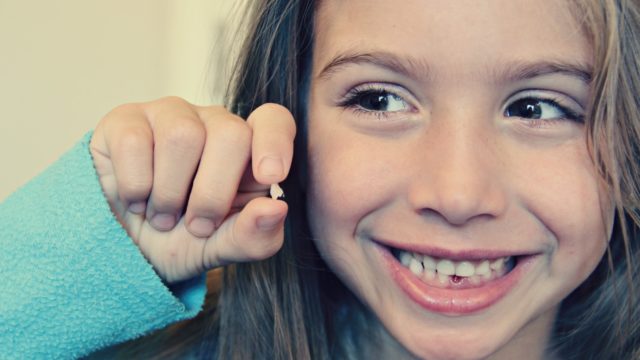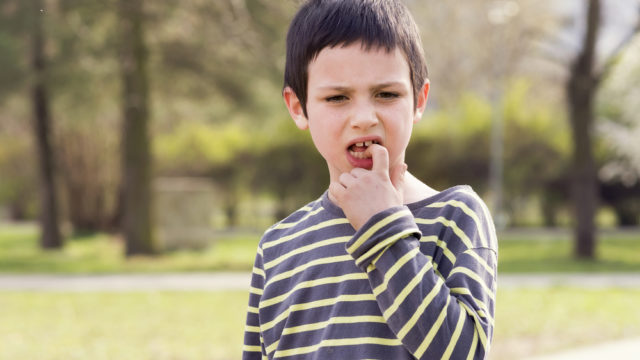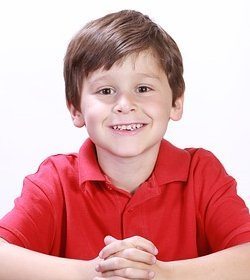
Article at a Glance
- Primary teeth are essentially placeholders for permanent teeth, but they differ in composition, structure, and number.
- Children begin losing their primary teeth around age 6 and should have 28 permanent teeth by age 13.
- Molars, commonly known as “six-year molars,” are the first teeth to erupt in children, around age 6.
- Good oral care is important for primary and permanent teeth to build a lifelong routine so your child’s teeth last a lifetime.
Your first grader came home from school bursting to share their newly discovered “loose tooth.” It’s definitely time to introduce the Tooth Fairy, but it’s also a good time to brush up on what this means for your child’s teeth. As your child loses baby teeth and gains permanent teeth, they may have a lot of questions and, as a parent, you need the answers so schedule an appointment with Jefferson Dental today to see how we can help.
What is the Difference Between Primary Teeth and Permanent Teeth?
Essentially, primary teeth are placeholders for permanent adult teeth. Primary teeth, also known as baby teeth or deciduous teeth, fall out and allow permanent teeth to grow in their place. This process is a part of human growth and development that involves more than you might know. Primary and permanent teeth differ in composition, structure, and number.
- Primary teeth have thinner enamel making them appear a lot whiter than permanent teeth.
- If you look closely at a child’s permanent front teeth, you may notice some small bumps on top, called mamelons, that wear off over time as the teeth fit together. Primary teeth also have shorter, thinner roots than permanent teeth.
- The biggest difference between primary and permanent teeth is the number. Children usually have 20 primary teeth while adults have 32 permanent teeth, including four wisdom teeth.
When do Permanent Teeth Come In?
Primary teeth are usually completely erupted by age three, just in time for a child’s jaw and facial bones to grow. Around age 6, a child’s jaw is large enough to accommodate permanent teeth, so they start to lose their baby teeth. There is variability based on genetics and environmental factors, but most children will have 28 permanent teeth by age 13. The remaining teeth, four wisdom teeth, will erupt between ages 17 and 21, though it is possible for people to be missing one or more wisdom teeth. You can keep track of your child’s permanent teeth using a permanent teeth chart.
What Permanent Teeth Come in First?
When babies start cutting teeth, the first to erupt are usually the two front teeth, top or bottom. Children will have a different experience with permanent teeth. First permanent molars erupt first, around age 6 giving them the name “six-year molars.” They are often considered “extra” because they aren’t pushing out and replacing existing teeth. It is important to keep an eye out for the molars because they can easily be mistaken for primary teeth, but they need to be properly cared for to make them last.
Caring for Primary and Permanent Teeth
It can be tempting to neglect primary teeth since they are destined to fall out and be replaced by stronger, more permanent ones. However, neglecting oral care for primary teeth can cause problems for your child. Aside from teaching good oral habits that will last a lifetime, it’s important to care for primary teeth. Since primary teeth are placeholders, you don’t want any teeth pulled early or it could affect the alignment of your child’s permanent teeth.
Children should see a dentist regularly starting around 6 months of age, but as they gain permanent teeth, it’s more important than ever. Your dentist will be able to identify potential issues before they become problems and regular professional cleanings will remove plaque build-up that brushing and flossing can’t. With proper care, your child’s new permanent teeth can last their lifetime!
If your child is due for a check-up or you have concerns about their teeth, find an office nearest you and book an appointment today.
Additional Sources:




